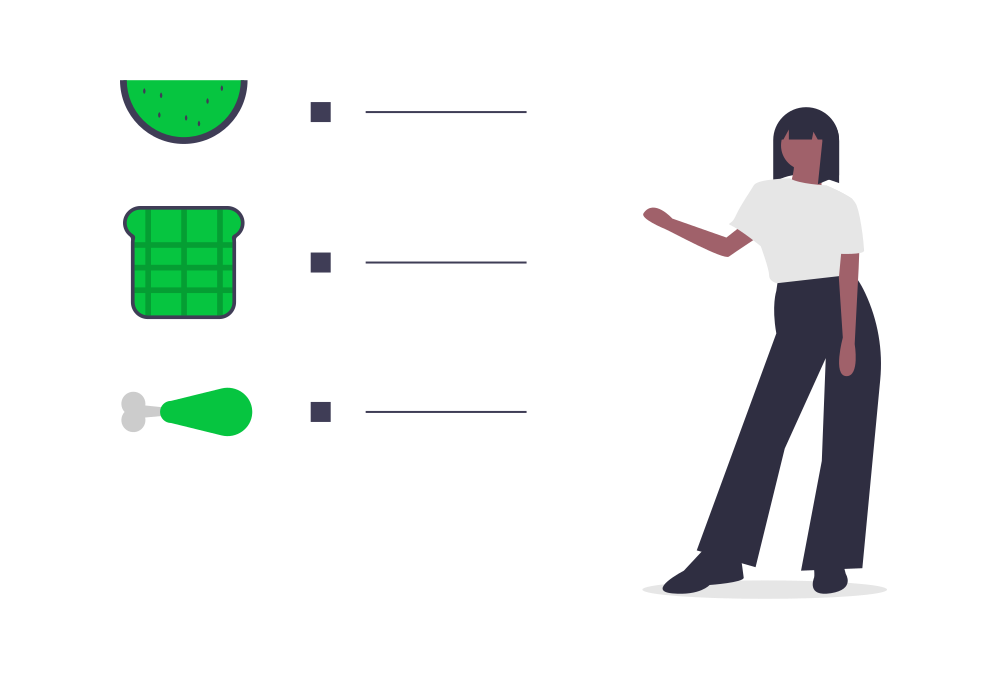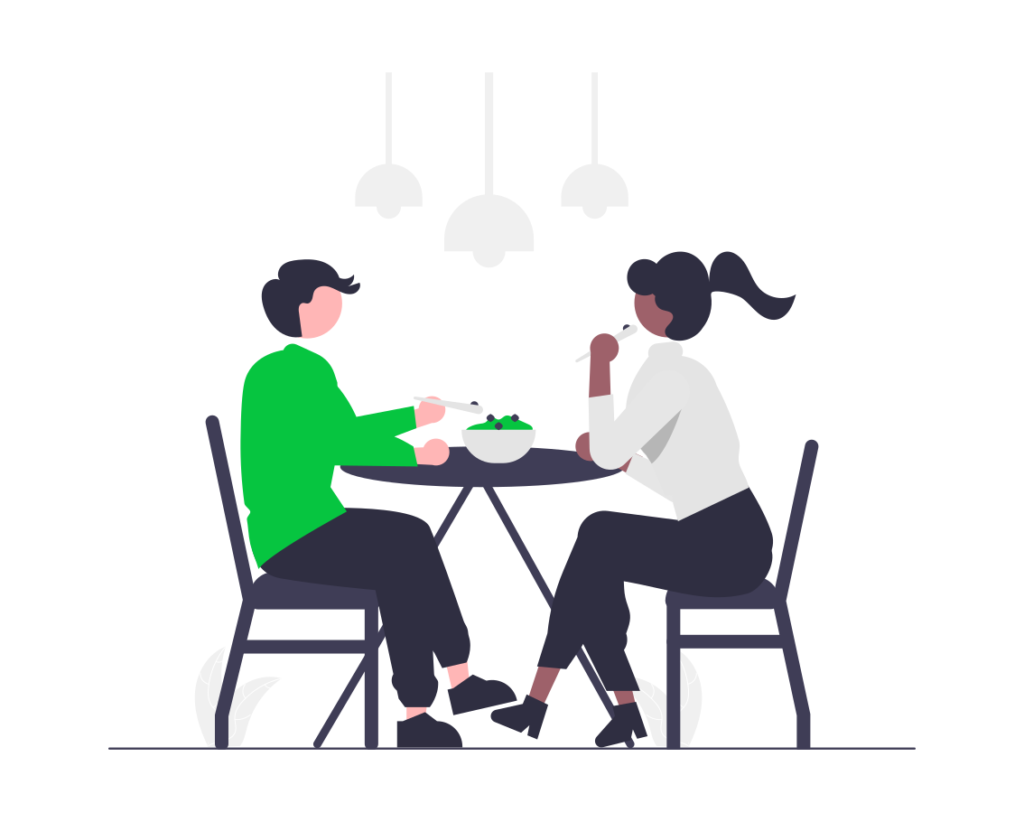You may look at snacks like chocolate bars, biscuits, sweets, and fizzy drinks as being a small and easy treat for your child. But what happens when they stop being a treat and start being a routine?
Now, this doesn’t mean having these are bad themselves. But when consumed in large quantities it can significantly harm your child’s health in the present and future.
Why is Unhealthy Food Bad?
Unhealthy food, or ‘junk food‘, consists of food that is low in nutrients and high in kilojoules, saturated fat, added sugar, or added salt.
Junk food can be found everywhere and is beginning to outweigh the healthier alternatives, which is bad for future generations.
Junk food is considered bad as they have very little nutritional value. Whilst chocolate is nice to eat, eating a full bar a day will create consequences for your health, including increased risks of:
- Type 2 diabetes
- Cardiovascular disease
- Obesity
- Non-alcoholic fatty liver disease
- Some forms of cancer
All these health problems may seem all too real but eating healthy can help reduce the likelihood of these problems occurring. Most of these problems occur if you are actively consuming junk food in high amounts. So, the sooner you create healthy habits, the easier it will be to avoid these issues.
It may be difficult to get your children to eat healthier. Sometimes it may seem easier to sit them down in front of a tablet with a bowl of sweets – it can be the easiest way to bring some quiet to the house. But this momentary silence can bring consequences because your child can become addicted to this routine, leading to more compulsive junk food eating.
How can you stop this routine? You can supplement the junk food they consume with healthier alternatives.

Healthy Alternatives to Junk Food
Sometimes it may be that your child is seeking to eat while sitting in front of an electronic device which, if true for your child, means you can swap out the junk food for better food. You can also give them snacks that tastes similar, like low-sugar foods, but are healthier.
Fresh Fruit
Always one of the best alternatives, children love trying different types of fruit and can grow to have a favourite fruit to eat. Many children like apples for their sweet and succulent taste. They are also easy to eat and cheap to buy. You can pair apples with other fruits in a fruit salad, or just chop it into slices.
Apples are rich in fibre and antioxidants. They reduce the risk of many chronic diseases including diabetes, heart disease and cancer. Apples can also promote weight loss and improve gut and brain health. Try including an apple in a fruit salad! This can enhance a child’s creativity as it can be fun, and the mixture of colours will develop their learning skills.
True to the old saying, an apple a day keeps the doctor away.
Yoghurt
Yoghurt is an excellent snack for your child to indulge in. It has a lot of protein and calcium, which helps your child have stronger bones.
However, some yoghurts are high in sugar and may prove to be just as worse as junk food. You can get plain yoghurt and put fresh fruit or honey in it to sweeten the taste.

Flavoured Water
It may come as a surprise to this list that flavoured water is on here. But juice, whether in dilute form or pure juice form, is rich in sugar. Drinking too much can cause damage to your children’s teeth.
A child is recommended to have less than 25g of sugar a day, so, having five or six bottles of juice a day may cause an overload of sugar within your child. This, combined with a lack of brushing their teeth, may also cause their teeth to become damaged at a young age.
Raisins
Raisins can substitute for any sort of “gummy” treat your child may enjoy as they have a similar texture but are a lot healthier. As they are smaller, make sure your child is chewing properly to prevent choking.
Raisins, however, have less water in them than grapes so they aren’t as filling. But in a routine environment as mentioned above it can be a great alternative snack. They are healthy as dried fruit still have nutrients included.
Raisins can reduce the risk of heart disease and cholesterol levels. Raisins are also a great source of potassium, much like bananas. Make sure however that your child doesn’t have too many raisins as it could cause stomach discomfort due to the amount of fibre in them.
There is also the option of chocolate-dipped raisins, although these are less healthy.
Kale Crisps
Instead of having potato-based crisps, try giving your child kale crisps as these are much healthier and have multiple flavours to choose from, ranging from salt and vinegar to BBQ.
They retain nutritional value and are considered leafy greens so inside have the attributes of healthy vegetables. The advantages list is very long but briefly, kale helps with:
- Weight
- Heart health
- Eyesight improvement
- Overall health and well-being
However, like raisins when kale crisps are consumed in large amounts, they can cause stomach problems.

Conclusion
As you can see, the numerous healthy alternatives to your child’s snacks promote a healthy diet that will help your child in the future. It may be hard to break your child out of eating junk food but you can slowly introduce the routine of healthy eating.
Now you don’t need to completely remove junk food from the picture because that is unrealistic, but by giving them a small treat occasionally, you can help them recognise a healthy diet while living in a junk food-filled world.
We at Veginom want to help you and your children’s health in any way we can! Promoting a healthy lifestyle is our goal for the future of today’s children. If you need any further assistance, then feel free to contact us here.